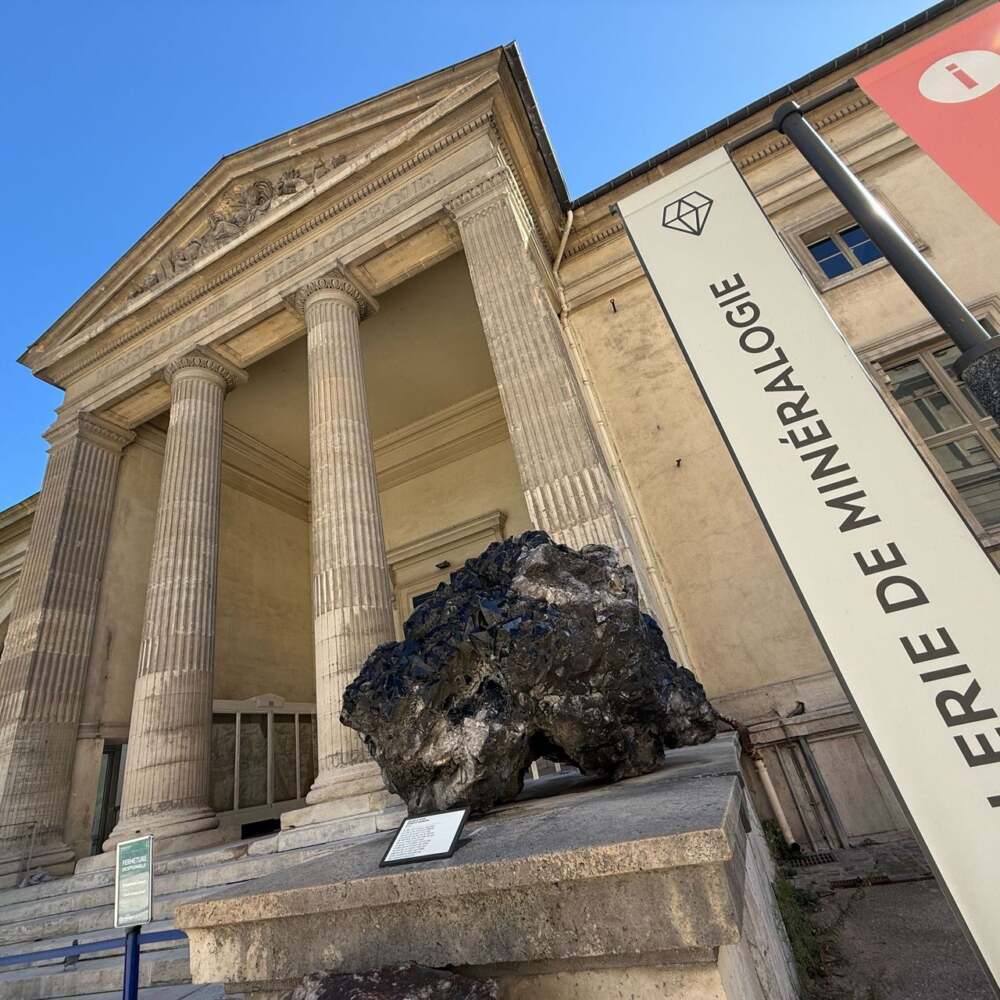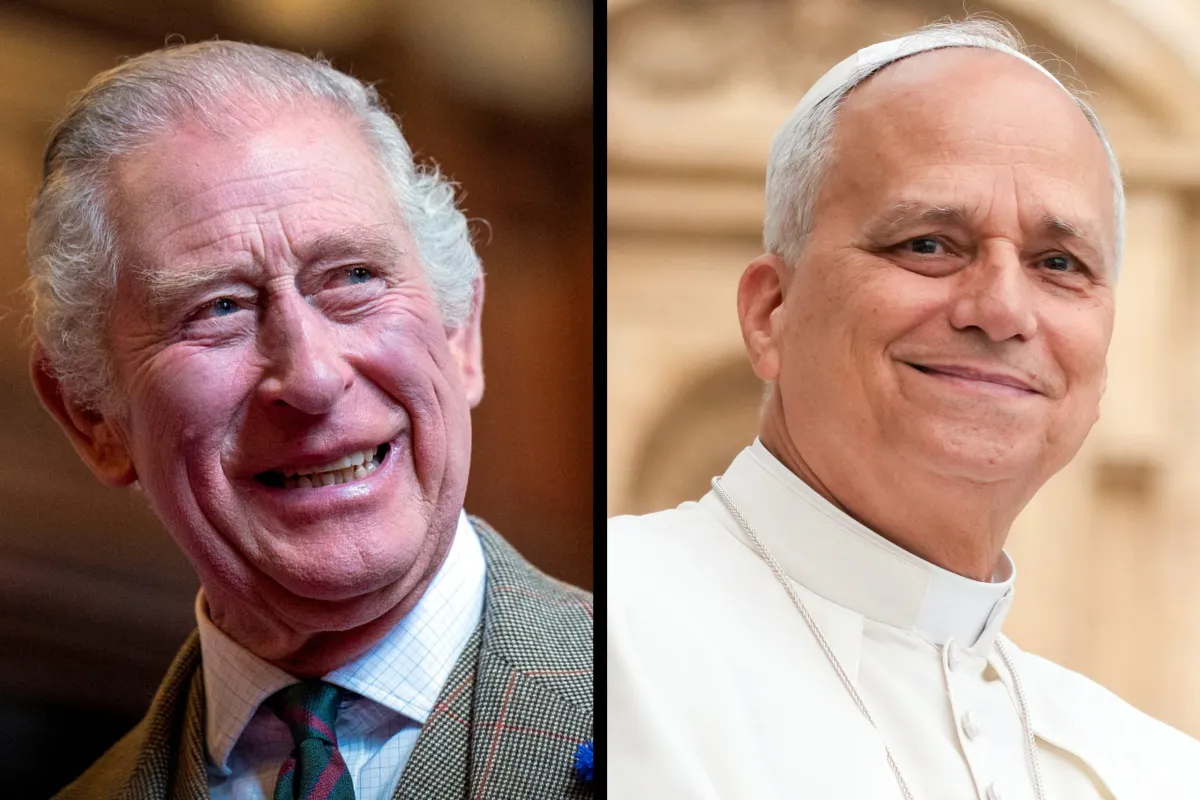A stunning and meticulously planned theft has sent shockwaves through France’s cultural world after dozens of priceless ancient coins were stolen from the Diderot Museum of Art and Antiquities in Paris. The audacious heist, which unfolded late Wednesday night, is being described by authorities as one of the most daring art crimes in modern French history — and possibly one of Europe’s most calculated cultural thefts in decades.
According to French police, the thieves infiltrated the museum under the cover of darkness, bypassing multiple layers of security to reach a restricted vault where a temporary exhibit of ancient coins was on display. When museum staff arrived Thursday morning, they found shattered glass cases, cut alarm wires, and several empty display stands that once showcased artifacts dating back over 2,000 years.
A Targeted Attack on History
Among the stolen treasures were rare Roman aurei, Greek drachmas, and Gallic staters — coins that once circulated across empires and bore the likenesses of historic rulers including Julius Caesar, Alexander the Great, and Emperor Augustus. Many of these coins were on loan from private collections and international institutions for a special exhibition highlighting Europe’s early monetary systems.
“These are not just coins — they are voices from antiquity,” said Dr. Lucienne Moreau, a leading French numismatist and consultant for the museum. “Each piece tells a story about how civilizations traded, interacted, and viewed power. Losing them is like tearing pages out of the history of the world.”
The total estimated value of the stolen collection is still being assessed, but experts believe it could exceed €20 million, given the rarity and historical importance of several items. Some of the coins were considered one-of-a-kind and had not been displayed publicly in decades.
The Method Behind the Crime
Early reports suggest that the heist was not a random act but a carefully coordinated operation that may have taken months of planning. Security footage, now under forensic review, reportedly shows at least three masked individuals entering through a maintenance corridor that was temporarily closed for renovation.
Police investigators revealed that the museum’s alarm system was deactivated moments before the intrusion, raising suspicions of internal involvement or insider knowledge. The entire theft was executed within a window of fewer than 20 minutes, suggesting the perpetrators knew exactly where to go and what to take.
“This was not a smash-and-grab,” said Paris Police Chief Alain Delcourt during a press conference. “This was a surgical strike. The thieves knew the museum’s vulnerabilities, the layout of the exhibit, and how to disable systems without immediate detection. It’s clear we’re dealing with professionals.”
Authorities are now collaborating with Interpol, Europol, and international art crime divisions in Italy and Germany to trace possible leads. France’s Ministry of Culture has also contacted major auction houses and collectors, urging them to report any suspicious attempts to sell ancient coins with unverifiable origins.
Echoes of Past European Art Heists
The Diderot Museum theft has drawn inevitable comparisons to previous high-profile heists, including the 2019 Dresden Green Vault robbery in Germany and the 2003 theft of a Rembrandt and a Vermeer from the Isabella Stewart Gardner Museum in Boston. Experts note that Europe has long been a hotbed for black-market antiquities trading, with organized criminal networks often targeting museums, private galleries, and archaeological sites.
“This incident fits a pattern we’ve seen before,” said Catherine Duval, an art crime investigator with Europol. “A small, highly skilled group enters a cultural institution, extracts specific artifacts, and then uses underground networks to sell them to wealthy private collectors who hide them for years, sometimes decades. These coins may already be out of France.”
Cultural Shock and Public Outrage
The French public has reacted with outrage and sadness, viewing the theft as an assault on national heritage. Crowds gathered outside the museum on Thursday evening, lighting candles and placing flowers near the locked gates. Many held signs calling for better protection of France’s cultural assets.
The museum’s director, Henri Beaumont, appeared visibly shaken as he addressed the press:
“This is a dark day for our institution and for France. These coins represented thousands of years of European civilization — art, trade, and philosophy expressed in metal. To lose them in this way is devastating. We will do everything possible to ensure they are recovered.”
The Ministry of Culture announced an immediate audit of all national museums and historical sites, pledging millions of euros in funding to upgrade alarm systems, surveillance networks, and artifact storage facilities. Culture Minister Sophie Langlois declared that “theft of history is theft of identity,” vowing to bring the culprits to justice.
The Black Market for Antiquities
The theft also highlights the persistent challenge of combating the illicit trade in antiquities. Experts estimate that billions of dollars’ worth of stolen or looted artifacts circulate annually through underground markets, private collections, and even legitimate auctions disguised with falsified provenance papers.
Because the stolen coins are made of precious metals and bear distinct engravings, they are nearly impossible to sell openly. However, criminal networks often melt down or disassemble ancient items to erase identifying features before reselling them — an irreversible loss for historians and archaeologists.
Interpol maintains a database of stolen art and antiquities accessible to law enforcement and cultural institutions worldwide, but recovery rates remain low. Once rare artifacts disappear into private hands, they often remain hidden for decades.
A National Symbol Under Siege
The Diderot Museum, located just a few blocks from the Louvre, has long been celebrated for its extensive collection of European antiquities and its dedication to public education. Named after the Enlightenment philosopher Denis Diderot, the institution has served as a symbol of intellectual and artistic freedom since its founding in the 19th century.
Now, that legacy faces a dark chapter. Security has been intensified around the entire museum district, with police patrols stationed near major cultural landmarks, including the Louvre, Musée d’Orsay, and Petit Palais.
“We are protecting the heart of France’s heritage,” said a spokesperson for the Paris prefecture. “The world watches Paris as the capital of art and history. We cannot allow criminal networks to rob future generations of their past.”
The Search Continues
As investigators piece together clues, the story of the Diderot Museum heist continues to unfold — a tale of greed, history, and the fragility of cultural memory. For the curators, archaeologists, and historians who devoted their lives to preserving these ancient artifacts, the theft is more than a crime; it’s a tragedy.
For now, the display cases remain empty — haunting reminders of what has been lost. But across France and beyond, a renewed commitment to cultural preservation is taking shape, driven by outrage and a shared belief that history must never be left unguarded.












Leave a Reply